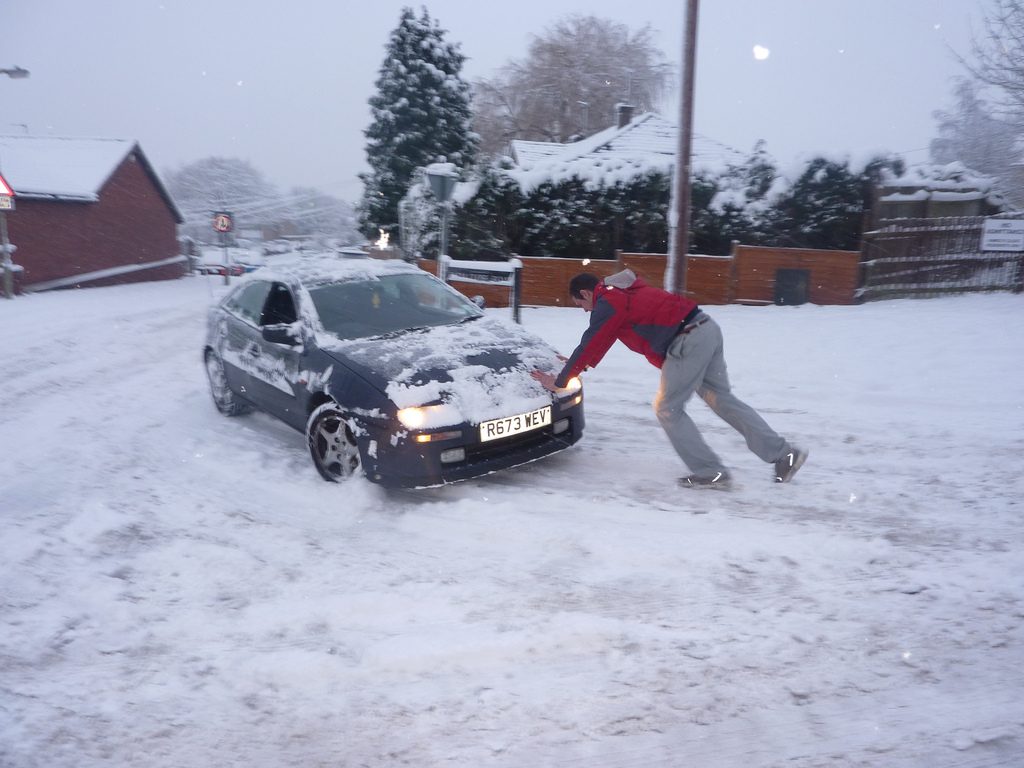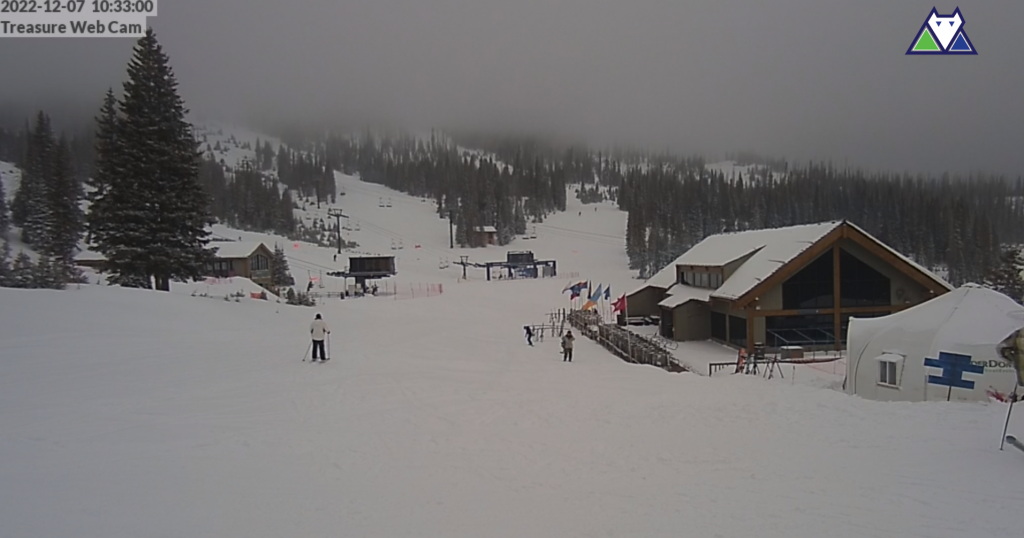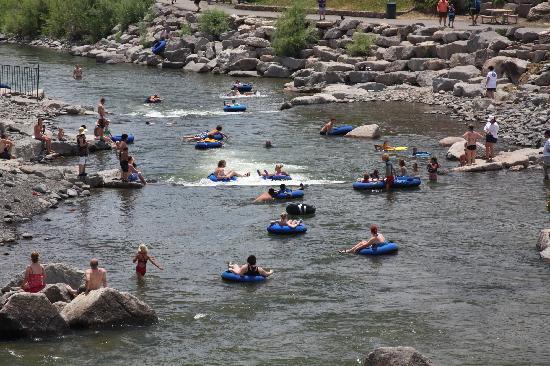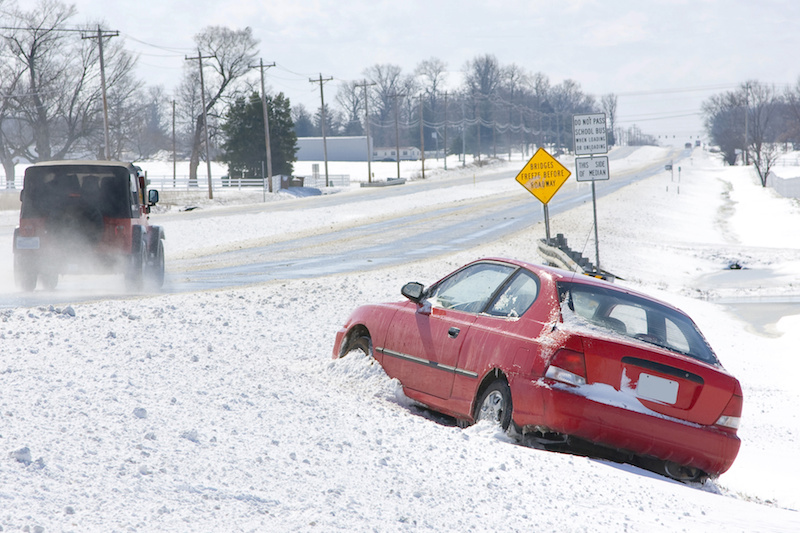Getting Out Of A Sticky (Snowy?) Situation
With winter in full force and Christmas nearly here, many of us are braving the snowy roads and icy parking lots. Whether you’re driving cross-country to see family, or driving down the road for groceries, you are likely going to encounter some bad road conditions! If you’re losing traction in the grocery store parking lot or stuck in a foot of snow, this guide should help you get out!

Momentum Is Key!
If you are slipping or sliding on or off the road, don’t stop! If you keep your momentum up there is a good chance you will be able to drive away! If you stop you are much more likely to become stuck in the snow.
Easy On The Throttle.
Throttle control is extremely important when trying to get un-stuck. If you use too much power, you will spin your wheels and dig deeper into the snow. Spinning wheels can also turn the snow into ice, which isn’t ideal for traction! A light foot is a necessity when trying to get out of the snow.
Think About Gears.
If you are in a vehicle with an automatic, shift to the lowest gear possible. If you are in a vehicle with a manual transmission, shift to 3rd or 4th gear. Doing so will allow you to more easily control your tire movement and minimize wear to your car.
Disable Traction Control.
As counter-intuitive as it may seem, traction control won’t help you get unstuck! Traction control works by applying the brakes to whichever wheel has the least traction. This limits your control over the vehicle and can actually keep you from driving out of the snow! If your vehicle has traction control, you can turn it off by pushing or holding the traction control button. Be careful not to apply too much power with traction control off or your tires will just spin. See “Easy On The Throttle.”
Rock & Roll!
Rocking your vehicle back and forth can help propel it out of a rut. Simply drive forward as much as you can, then put the car in reverse and move backwards. Repeat this step to build momentum and get unstuck! If you feel the car get over the rut, you can give it some gas to power out of the snow.
Traction Tools.
If you are stuck it is probably too late to put tire chains or cables on your car. That doesn’t mean you’re out of options! Small rocks, sand, kitty litter, and even small branches can be placed under the tires to add some grip. There are also traction boards available that work great for adding traction; they work as a makeshift shovel too!
Air Those Tires Down
If you simply don’t have enough traction to get moving, deflating your tires by a few PSI may help! When you let air out of your tires the contact patch between the tire and ground increases. This means you have more tread on the ground to add traction! If you keep your wheels straight with the tires aired down, there is less resistance so your car will move easier. Keep in mind that you will need to re-inflate your tires soon after getting unstuck or you risk damaging them. Several companies make portable air compressors for this application!
Dig, Dig, Dig!
Sometimes there is simply too much snow to drive through. When this is the case a proper shovel is your friend! There are several portable shovels available, many with collapsible handles for easy storage. These will come in very useful for unburying axles and clearing the underside of your car in deep snow. You can also use a shovel to build a ramp in the snow if it’s too deep for your car!
Last Ditch Efforts
If these tips just aren’t working in your situation, it’s best to either phone a friend or call a tow company for help! Remember to always check your tailpipes as a blockage could force exhaust gases into your vehicles cabin. If you find yourself in a situation where you’re waiting for help, break out your Winter Emergency Kit to stay warm and cozy! While you’re waiting, check out our Featured Listings, or like us on Facebook to see our Virtual Open House videos and other important updates!










